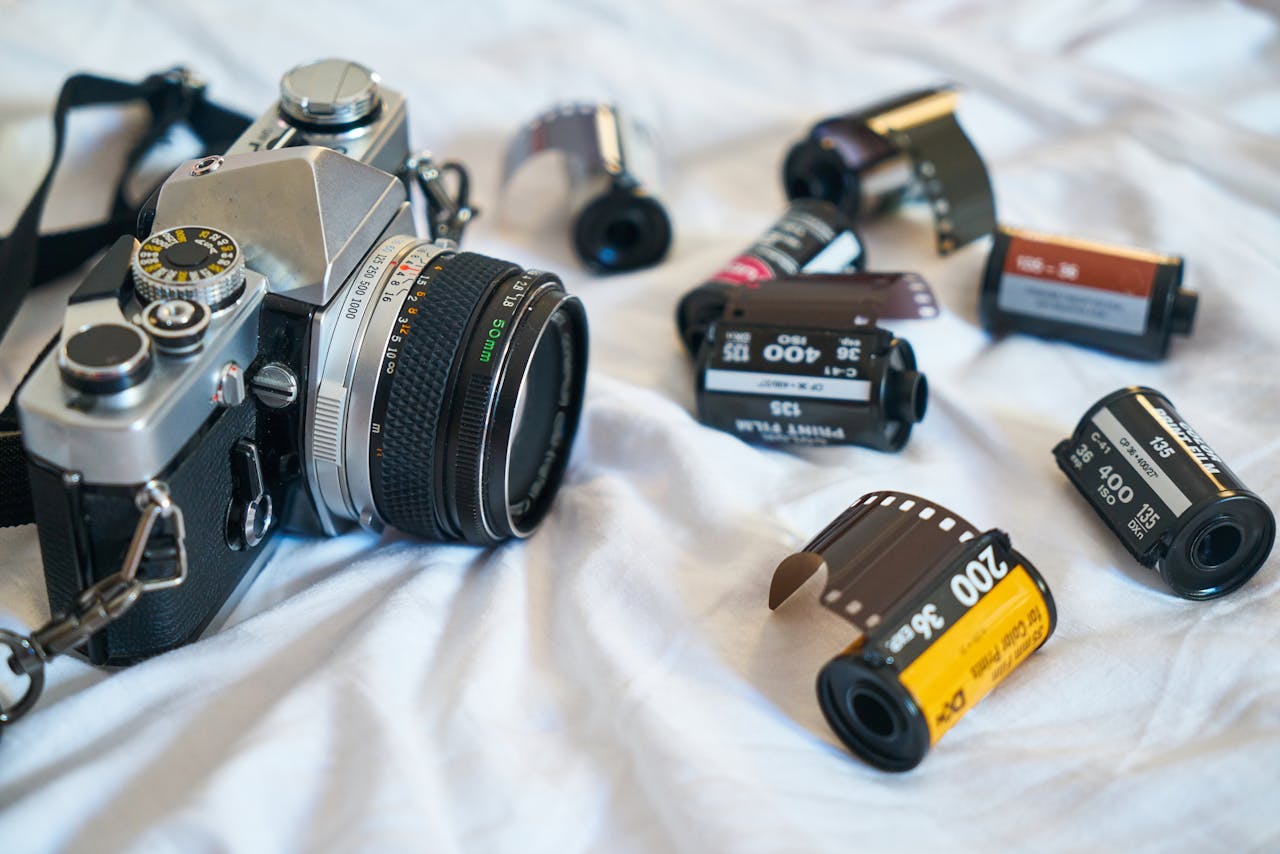ISO is one of the three main settings in photography, along with aperture and shutter speed.
But with modern cameras getting better at low light, some photographers might wonder, "Is ISO still important?"
Let's break it down and see why ISO matters or if it doesn't, in today’s world of advanced cameras.

What is ISO?
ISO measures your camera's sensitivity to light. The lower the number (like ISO 100), the less sensitive your camera is to light. The higher the number (like ISO 1600 or above), the more sensitive it becomes.
You use ISO when there isn’t enough light in the scene, like indoors or during evening shoots.
In simpler terms, ISO helps your camera see better in the dark, but it comes with a catch: the higher the ISO, the more "noise" or grain you may see in your photos.

Why Was ISO So Important in the Past?
Back in the day, cameras weren't as good at handling low light, and ISO was a photographer’s best friend (or enemy) when shooting in darker conditions.
If you didn’t have a flash or couldn’t use one, ISO was one of the few ways to brighten your image.
In film photography, ISO was fixed to the roll of film you used, so choosing the right ISO before shooting was crucial.
Digital cameras changed this, allowing us to adjust ISO on the fly, making it much easier to get the perfect shot.

Has Technology Made ISO Less Important?
Modern cameras have improved dramatically. Many new models handle low light really well, even with lower ISOs. But that doesn't mean ISO is irrelevant!
Here's why ISO still matters:
Creative Control
ISO lets you control the exposure of your image. If you’re shooting in low light and can’t lower your shutter speed (to avoid motion blur), you can raise the ISO to brighten the image.
Balancing the Exposure Triangle
ISO is part of the "exposure triangle," along with aperture and shutter speed. You need to balance all three to get the right exposure.
For example, if you're shooting fast-moving subjects, you’ll want a faster shutter speed. Raising the ISO might be necessary to get enough light without slowing down the shutter or opening the aperture too much.
Flexibility in Different Conditions
Shooting in a dimly lit room, a cloudy day, or at night? ISO gives you the flexibility to capture photos in all kinds of lighting situations.
Even though modern sensors handle low light well, ISO still plays a role in making sure your photos are correctly exposed.

Is ISO pushed down the specs priority list?
This may seem like a hot take but hear me out.
While technology has advanced, ISO remains an essential tool for photographers. It gives you control over your exposure and flexibility in different lighting conditions.
However, cameras made in the past five years (or even a decade) has gotten better in ISO performance. It seems like it doesn't matter anymore.
For instance, the Sony A6000 (which was released 10 years ago) performs well even in ISO 3200 or 6400. The best images are taken at around ISO 400 or lower but its high ISO performance is no slouch too.
On the other hand, at around 15 years ago you will have to settle with a camera that is only usable at ISO 1600 or lower.
Point is cameras made in the last five years are so good at processing high ISO images that it seems like ISO doesn't matter anymore.
This gives consumers the chance to prioritize other specs such as autofocus performance, ergonomics, or even color science. Gone are the days wherein the choices are limited to specific camera models due to their high ISO performance.
Do you agree with this take? Let us know what you think in the comments below.


Comments
Along with the better capability of camera’s handling high ISO, noise reduction software like Lightroom, Topaz, and DxO PureRaw enable fearless high ISO photography.